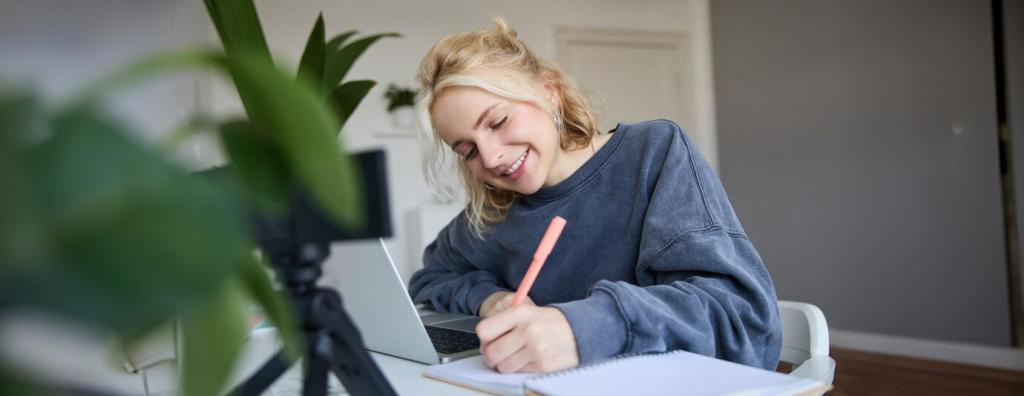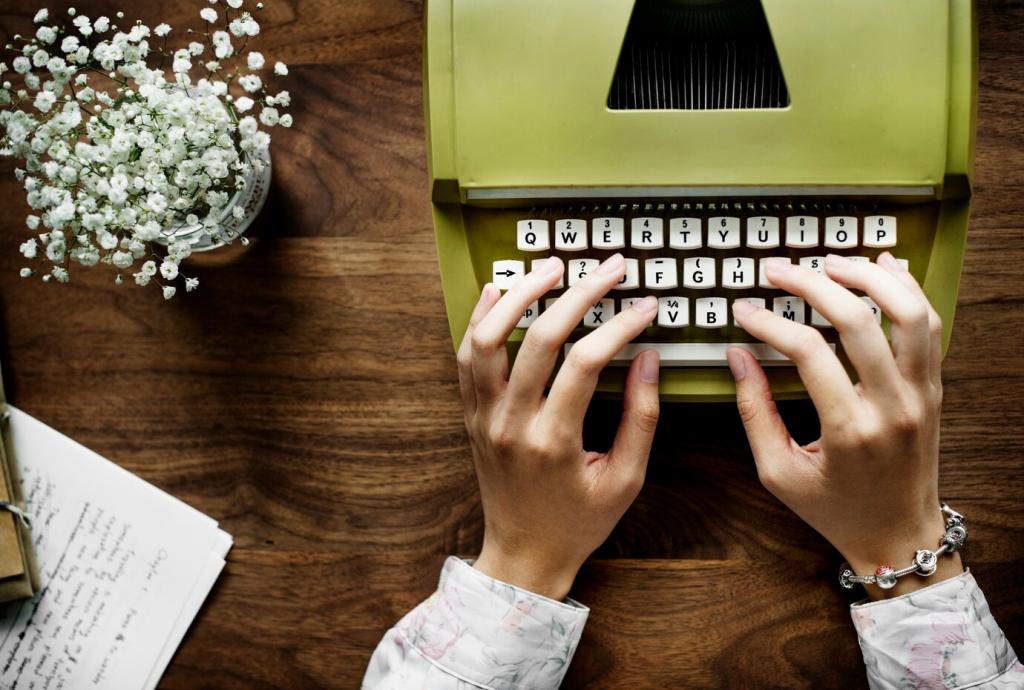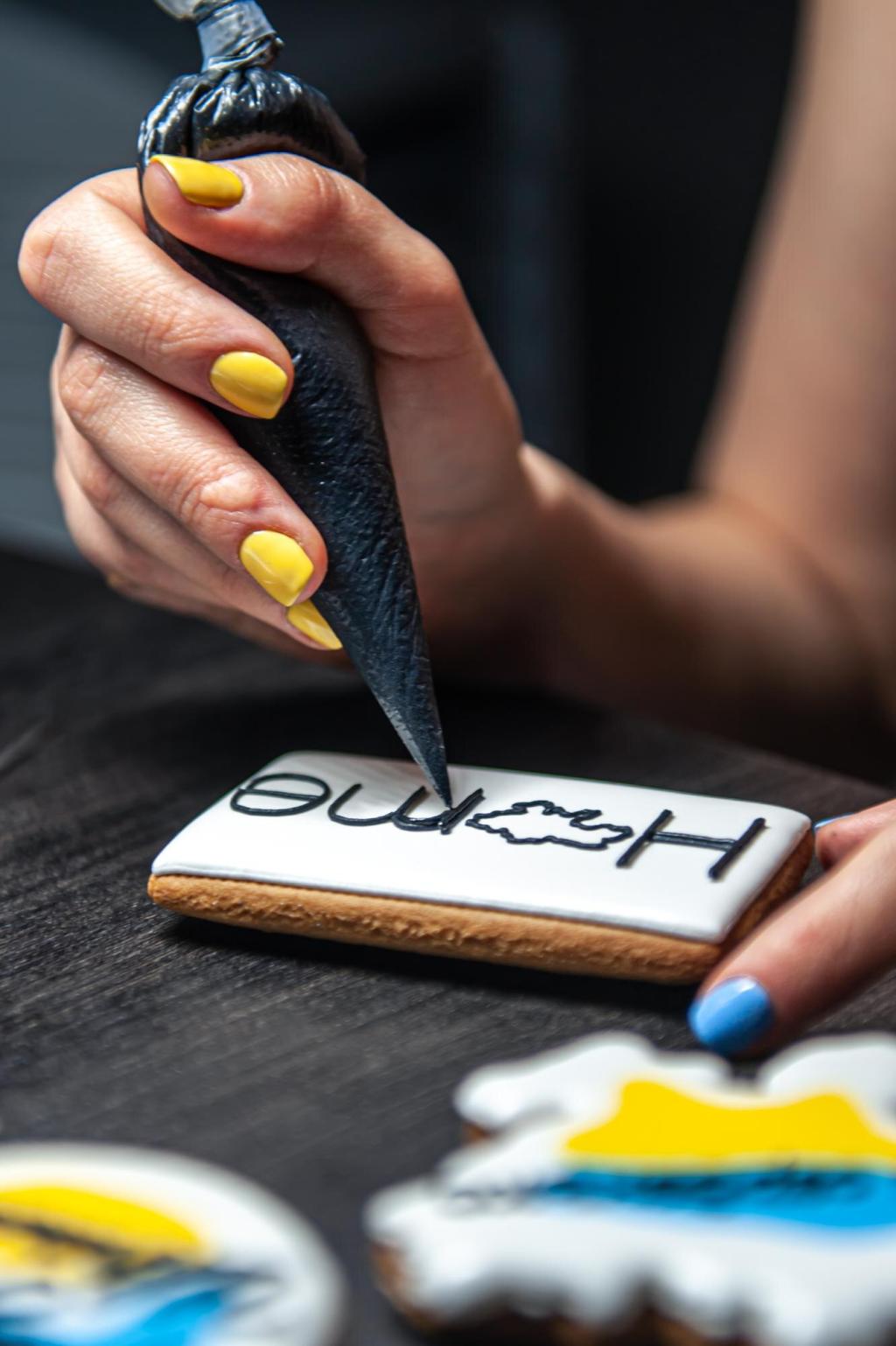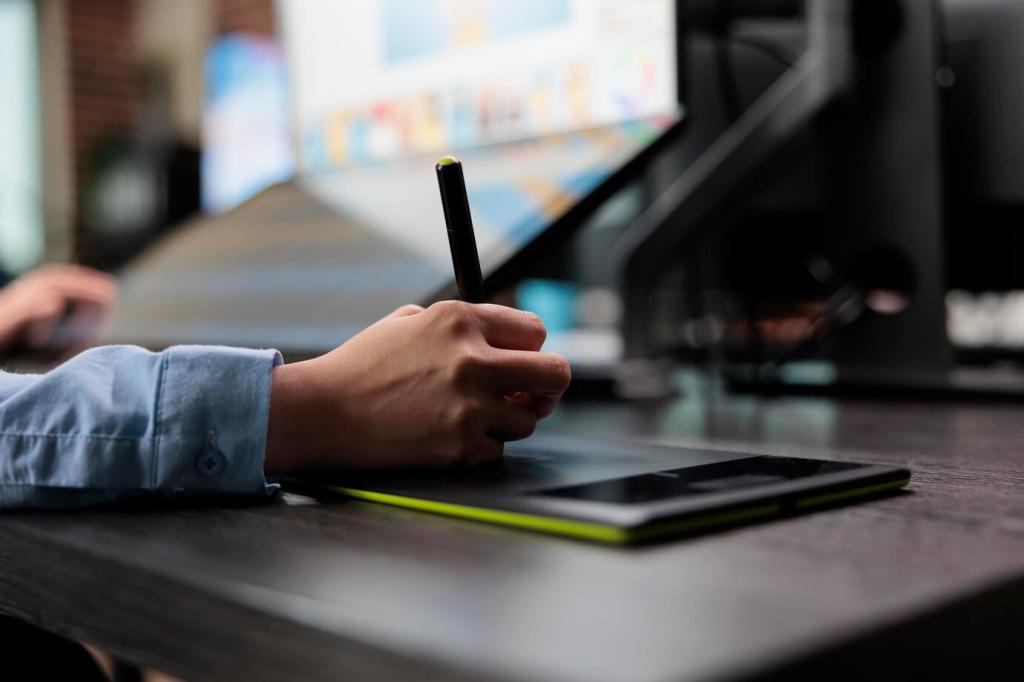Words That Frame the Picture: Captions, Headlines, and Alt Text
Use a simple structure: detail, benefit, action. For example, “Integrated toe-kick lighting, safer midnight steps, explore our lighting guide.” The photo shows glow; the caption clarifies usefulness and invites a click with clear forward momentum.
Words That Frame the Picture: Captions, Headlines, and Alt Text
Mirror image cues in your headline vocabulary: “Quiet Neutrals, Confident Lines.” When language reflects tone and palette, readers feel harmony. Then your body copy can unpack craftsmanship and maintenance without breaking the aesthetic spell.









